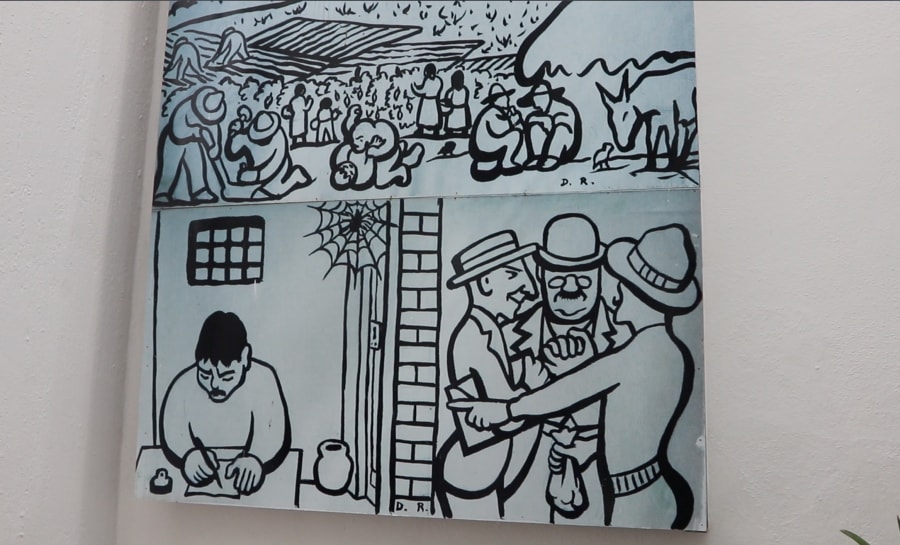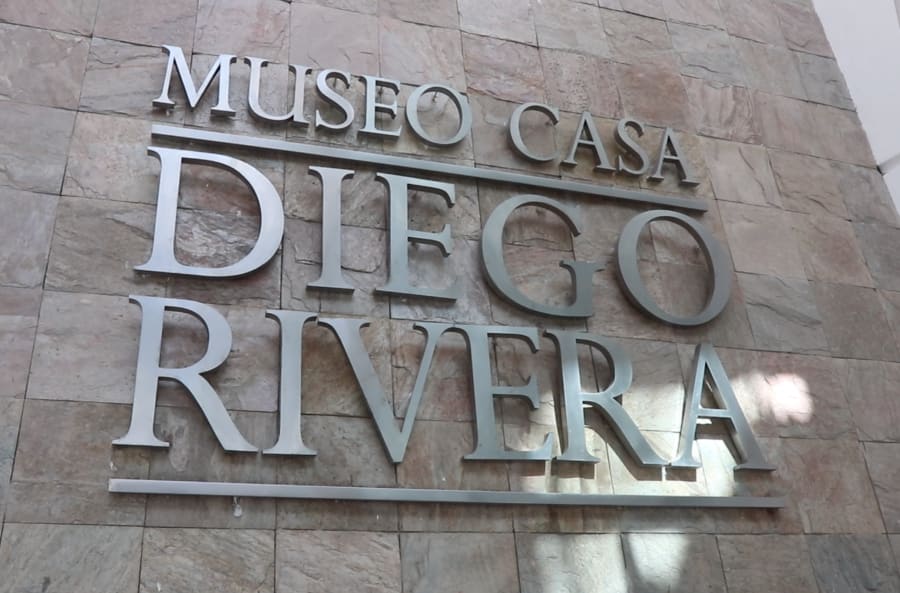GUANAJUATO, Mexico – Frida Kahlo and Diego Rivera are two of Mexico’s most impactful and influential figures.
Their likeness and images can be found in everything from art to clothes to literature.
“Their stories are so integral to what has happened in terms of Mexican identity, but also a Mexican-American identity, maybe even in a broader sense, Latinx identities,” said John Phillip Santos, with UTSA’s Mestizo Cultural Studies Honors College. “It’s becoming more of a kind of national identity the way that Frida and Diego made a bridge using art between ancient origins and the contemporary world.”
Kahlo was known for her profound and intimate self-portraits. She began painting as a teen after she was injured in a bus accident in 1925.
Her work was groundbreaking and she went on to be a pioneer of feminist art. She also explored politics, gender, class and race in Mexican society.
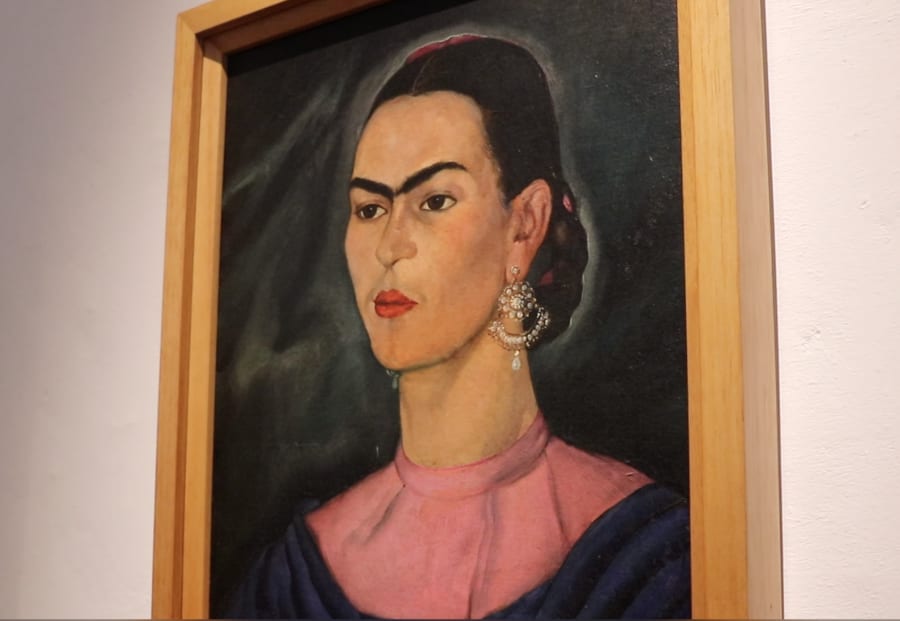
Kahlo met Rivera in 1927. At the time, Rivera was already well known for his iconic murals and was one of the “big three” painters of the Mexican Muralist Movement.
The murals had social and political messages meant reunify the country under the post-Mexican Revolution government.
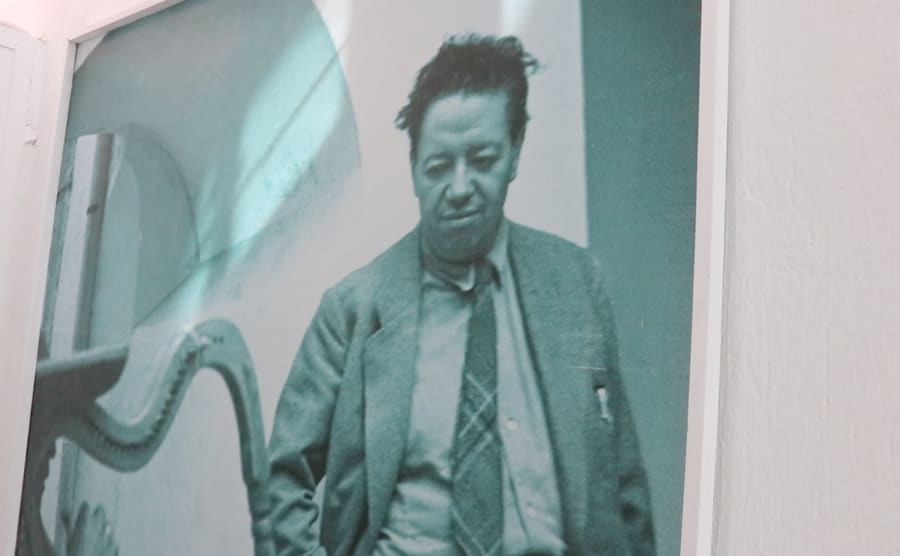
“People understood their art work as having a social message and wanting to use it to raise awareness and critique, and even present a vision of something kind of better,” said Sonya Aleman, UTSA Associate Professor of Mexican-American studies. “They were a duo in terms of what they stood for and represented, and how they used their art.”
The messages behind Kahlo and Rivera’s work were largely about Mexican pride and embracing the country’s roots and heritage.
It’s why Kahlo and Rivera are revered when it comes to Day of the Dead celebrations in Central and North America.
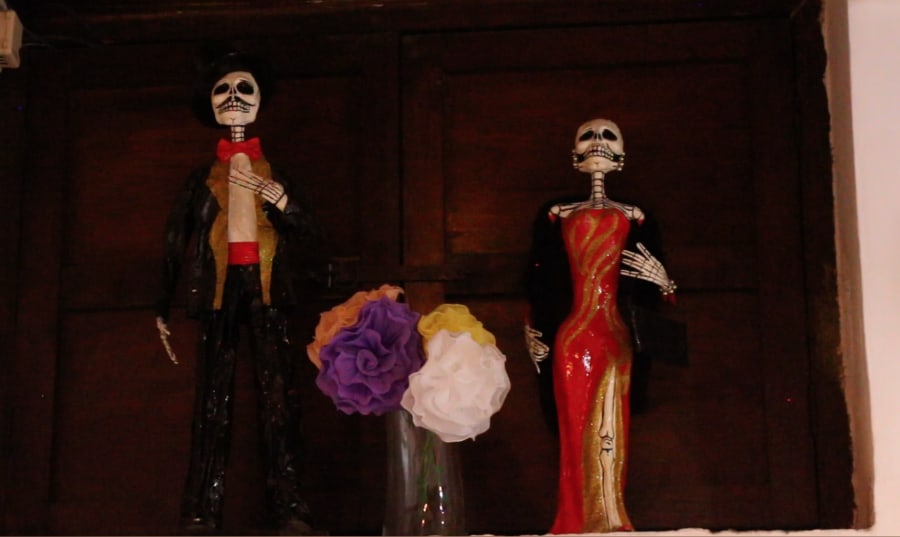
“Frida and Diego brought it into focus with their work. The way that they incorporated imagery out of Indigenous origins and celebrated folk traditions like Dia de los Muertos,” said Santos. “So you will find in many of the most legendary paintings of both, these images of skulls and skeletons of various natures.”
“Their impact was broader then just what they put on the canvas,” said Aleman. “They contributed to intellectual conversations of the day, which I think lends to their legacy.”
Visit KSAT.com’s Day of the Dead section to learn more about holiday

